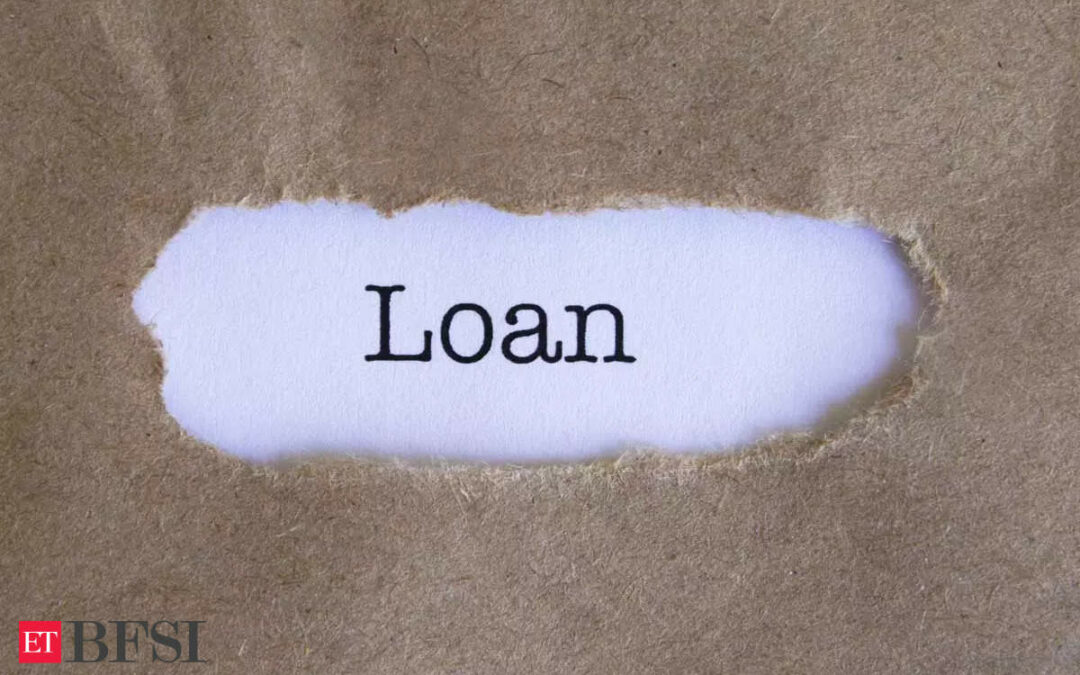The pace of expansion in retail loans, hitherto the primary growth lever for several high-street lenders, moderated in February after the banking regulator enhanced the risk weighting on such exposure over concerns of potential future defaults. Overall credit demand remained healthy, buttressed by new credit lines to industry and services.
Retail loan growth moderated to 18.1% (year-on-year) in February, compared with 20.6% a year ago, as disbursals of vehicle and personal loans slowed.
On a year-on-year basis, non-food bank credit climbed 16.5% in February, as compared with 15.9% a year ago, according to the latest Reserve Bank of India (RBI) data on sectoral deployment of bank credit.
Loans to real estate recorded a four-fold increase, while loans to services also accelerated. Loan growth to industry also increased at a faster pace than in the previous year.
Credit to the services sector grew 21.2% (YoY), compared with 20.5% a year ago. Among major contributors to growth were ‘trade’ and ‘commercial real estate’, while loans to NBFC decelerated.
On a year-on-year basis, loans to commercial real estate rose 37.9% in February compared to 8.9% a year ago. Excluding the merger impact of HDFC with HDFC Bank, the loan growth rate more than doubled to 21% during the month.
Credit to industry grew by 8.6% (YoY) compared with 6.8% in February 2023. Credit growth to agriculture and allied activities rose 20.1% (YoY) against 15% a year ago.
The weighted average lending rate (WALR) on fresh loans stood at 9.36% in February 2024 from 9.43% in January 2024, but higher than 9.24% in February 2023. The WALR on outstanding rupee loans was at 9.83% in February, from 9.85% in January but higher than 9.61% in February 2023.
The share of External Benchmark-based Lending Rate (EBLR) linked loans in total outstanding floating rate loans was 56.2% at the end of December 2023, up from 53.3% at the end of September, while that of MCLR-linked loans was 39.4% from 41.9%in that order.









